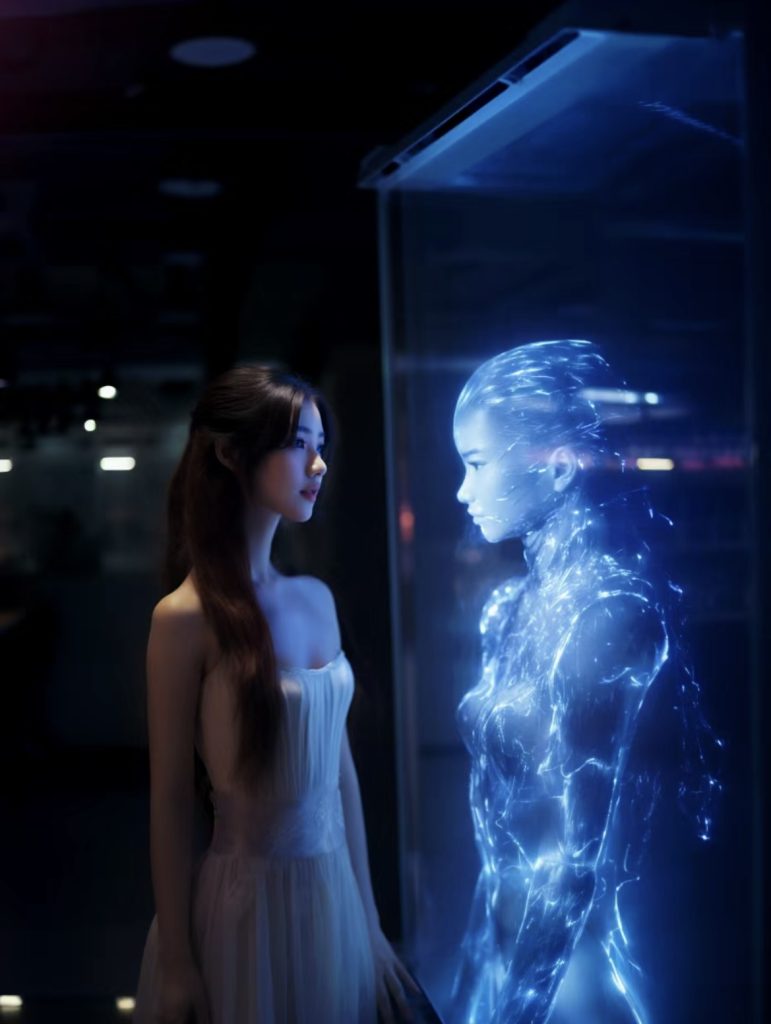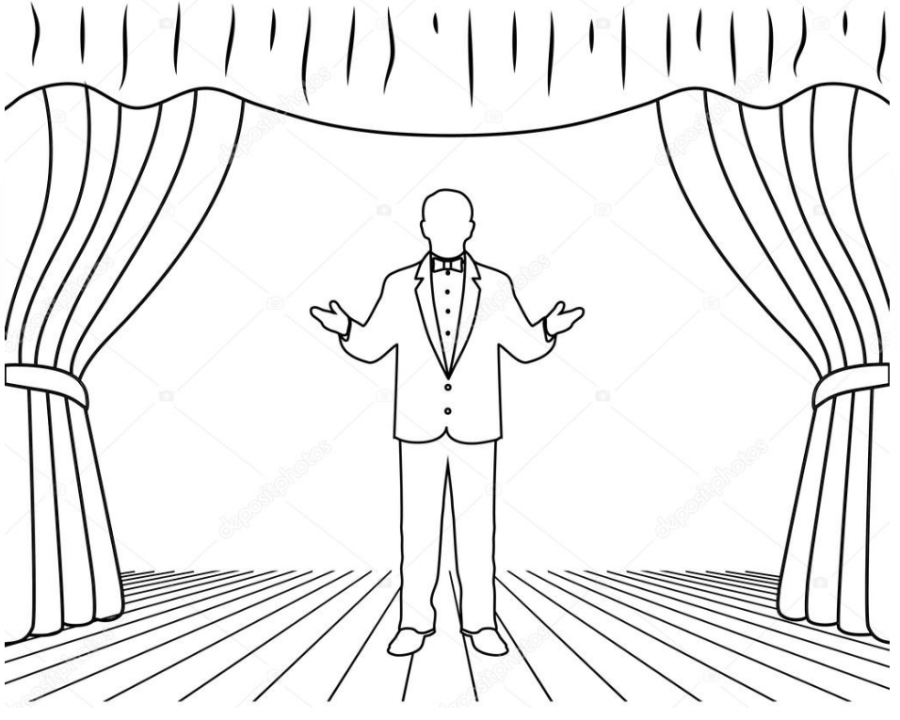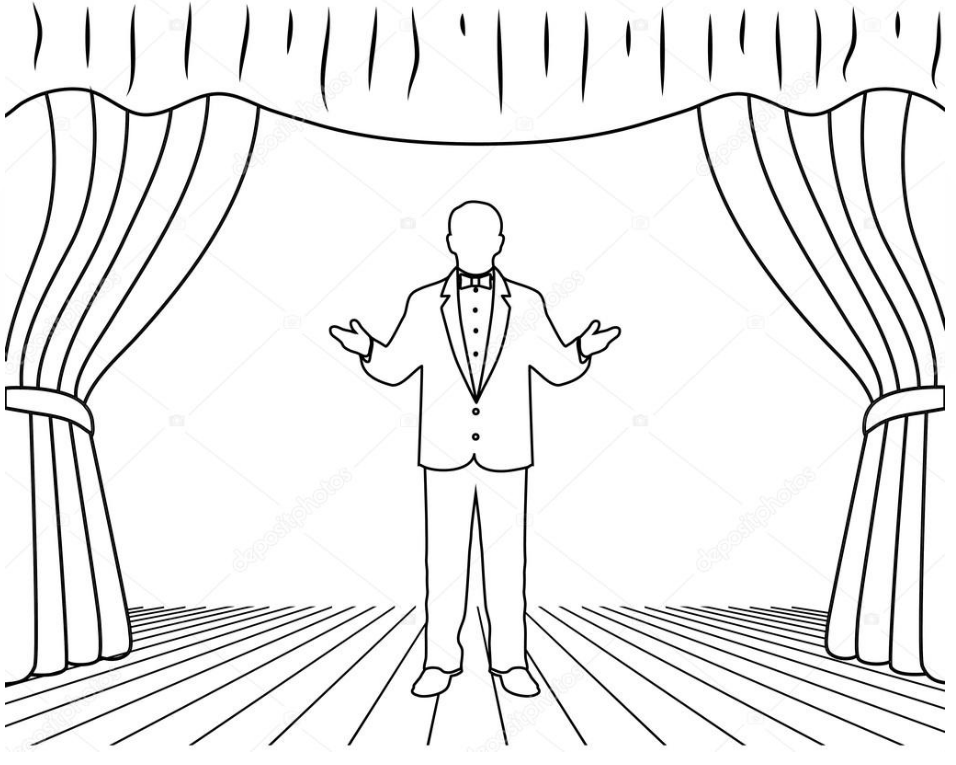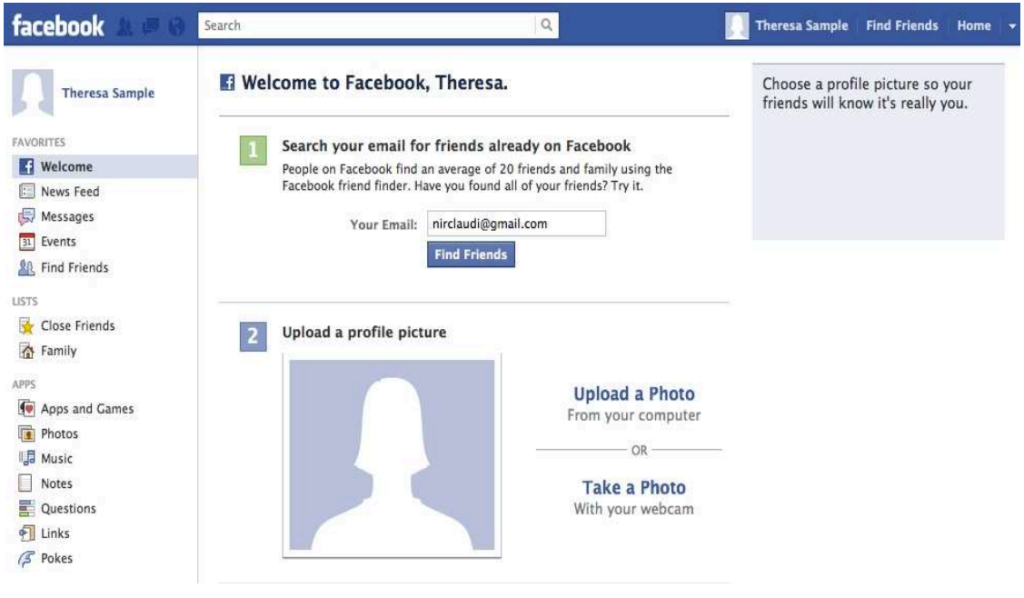Erving Goffman says that a person can have many different digital identities, and these roles are determined by the situations in which we find ourselves.For instance, if someone enjoys talking about games with others, they are a gaming enthusiast. If they prefer to share good books with others, they are a book lover.Digital media has greatly aided in forming diverse identities. By using pictures, videos, and convenient sharing methods, more individuals can express themselves and interact socially through visual content. Anyone can craft a new persona or create an imaginary world, constructing their own “daydreams”.
As people desire social recognition, they try to display the best version of themselves. Increasing numbers of individuals’ lives are visible on the internet. Facebook users communicate with diverse groups, including friends, colleagues and family members, thus making it critical to present a favourable image of oneself to various audiences. You can send messages, publish comments or read articles on the internet. People can leave text comments on images, turning them into the subject of conversation. Friends’ compliments and criticisms give these images more significance, as they shape the user’s online identity. Additionally, users alter their profile images depending on their audience. Even regular people who struggle to communicate through writing can use pictures and videos to show their presence.Virtual identities can transform into dynamic individuals with the ability to be noticed and pursued by others, ultimately influencing their lives. The social design of the platform is comprised of three key components: identity, dialogue, and community. Authentic names and photographs establish authenticity and serve as digital representations of oneself. It relocates the genuine network of relationships to the online realm, where individuals engage with their acquaintances, not only with a stronger foundation of trust, but also with the capacity to gather and exchange them as tangible social assets.

“Filtering” has become a common practice for visual self-expression on the internet. Individuals forge flawless avatars for the sake of garnering traffic, and visuals such as pictures and videos have become more prevalent performance aids on social media platforms. At times, people fall prey to these constructed “visual realities”, mistaking them for their own objectives, and some may even engross themselves in embellished versions of themselves, forgetting their innate essence. Some online personalities who have gained notoriety by enhancing their images through filters have developed their visual expression art form, ultimately achieving fame and wealth. Facebook, similar to performers on a stage, reinvents itself by manipulating digital images of themselves, which can potentially create a discrepancy with their offline social lives, necessitating their friends, colleagues, family members, and acquaintances to authenticate the information’s credibility. This authentication process is imperative in order to guarantee the accuracy of the information presented.
Overall, pictures in the online world have a certain level of exaggeration and similarity to real pictures, but they are not exactly the same.
Literature reference
Sabreen.H. (16 April 2019)Putting the best digital self forward in the Age of Social Media
Available at : https://medium.com/@haziqsabreen25/putting-the-best-digital-self-forward-in-the-age-of-social-media-d3dbec422b73
Claudia.N.(2012) Identity construction on Facebook
Available at: https://lup.lub.lu.se/luur/download?func=downloadFile&recordOId=2543279&fileOId=2543439
Shakespeare, W. (1623) As You Like It, Act II Scene VII Line 139
Facebook Developers Blog [www] Core Concepts › Social Design
Available at:http://developers.Facebook.com/socialdesign/, Accessed January 15, 2012





You have stated that real names and photographs establish authenticity and serve as a digital representation of someone, do you think this is still valid even after someone filters photos and chooses to share only the good parts with the digital world?
I think it works if you avoid filtered content. By this, I mean images that show people portraying a role designed to please others. This kind of presentation can be misleading because it does not always reflect the person’s true nature. Furthermore, as photo editing and filtering tools have become much simpler to use, people can easily adjust their appearance in photos. This could result in a big difference between how you appear online and how you really are.
I do agree with you that virtual identities reposition real relationship networks into the online realm and that people’s trust base will continue to grow, but I think at the same time we need to be concerned about the drawbacks that online virtuality brings us, and build a foundation of trust while preventing the problems that can arise because of the issue of drawbacks.
I really agree with your opinion that nowadays more and more people would like to crate a character which is a perfect person in his mind or in the audiences’ minds online. You mentioned that there are some drawbacks like being so immersed in the world of the Internet that you lose sight of real life, or being so addicted to it that you lose yourself. However, there are some advantages these characters can give to people in my mind. For example, in the case of being able to recognise the real from the fake maybe you’ll make awesome friends on the internet as on the network most of us become friends because of a common hobby, in such a premise, communication will be easier. And, compared to face-to-face communication, many people may prefer and be good at communicating with others on the Internet.
You say how people desire social recognition. Therfore I wonder if the image people are putting out there on social media platforms is actually the person that they are or the life that they have. I think for celebrities this is more of an issue as they have more pressure to present themselves to a larger audience in a way that will make them look good.
I rather agree with you that the digital world brings benefits that we can’t deny but we also need to be aware of its drawbacks it, choosing to create a good image in the digital world also has the potential to mislead the public, and I think that maybe the digital world doesn’t have a true reference.